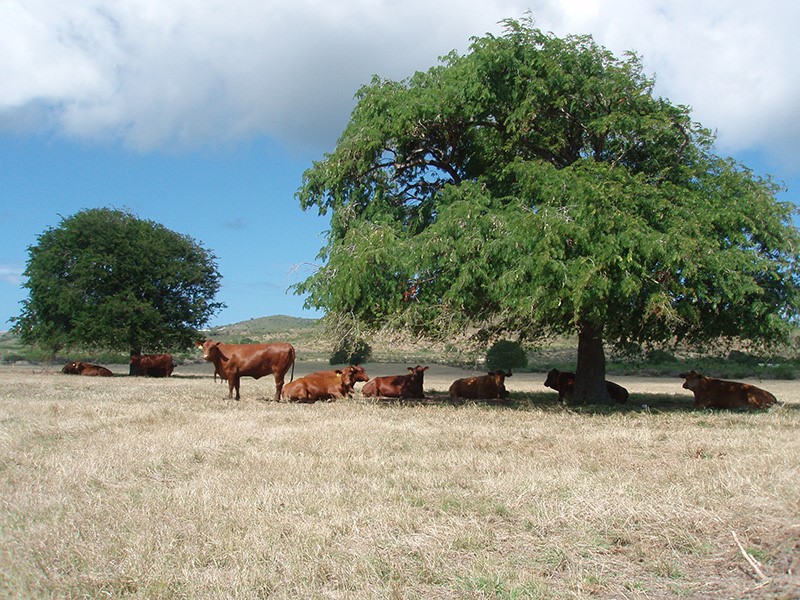Multistate research projects vital to solving broad agricultural issues.
December 21, 2018

In agricultural research, scientists across disciplines often find themselves working to address the same issues as colleagues at other institutions. To help advance and streamline this important work, funding from the U.S. Department of Agriculture allows land-grant university scientists to work collectively to answer questions with a broad scope, the University of Georgia said in an announcement.
“It allows us to bring together a critical mass of people to investigate a problem with broad impact or implications,” said Joe West, assistant dean on the University of Georgia's Tifton, Ga., campus. “Rarely does one institution have the resources or scientists to address a broad issue from multiple different angles. The projects generally have multiple objectives and scientists from participating institutions contribute to the issues they can address, so each project has a varying degree of participation from member institutions. Thus, you are able to muster the resources from all over the country.”
West serves as administrative adviser for a project titled “Genetic Improvement of Adaptation & Reproduction to Enhance Sustainability of Cow-Calf Production in the Southern United States,” which has brought together scientists from Arkansas, Florida, Georgia, Louisiana, Kansas, Mississippi, South Carolina, Texas and the U.S. Virgin Islands to research genetic aspects of beef production.
The project investigates beef production issues such as hair coat, thickness of the hair coat, how the animal sheds in the spring and how that contributes to heat stress, the announcement said.
“A variety of breeds of cattle are used because of effects of coloration. White-faced breeds are especially susceptible to pink eye because they reflect more intense sunlight into the eye. These qualities are related to the animal’s adaptation to the environment,” West said. “Diseases interact with the environment, and scientists are working to identify genes that turn on and turn off an animal’s response to the environment. Since environments vary greatly across the country, we include scientists from multiple states.”
The project was recognized for regional excellence (southern region) at a recent Association of Public & Land-Grant Universities meeting.
USDA support for multistate projects is authorized for five-year terms. Upon completion of a five-year project, researchers submit progress reports. If they seek to continue the project, they submit a rewrite of the project to establish new objectives and procedures to ensure that projects evolve to address new and ongoing issues.
You May Also Like


.png?width=300&auto=webp&quality=80&disable=upscale)
